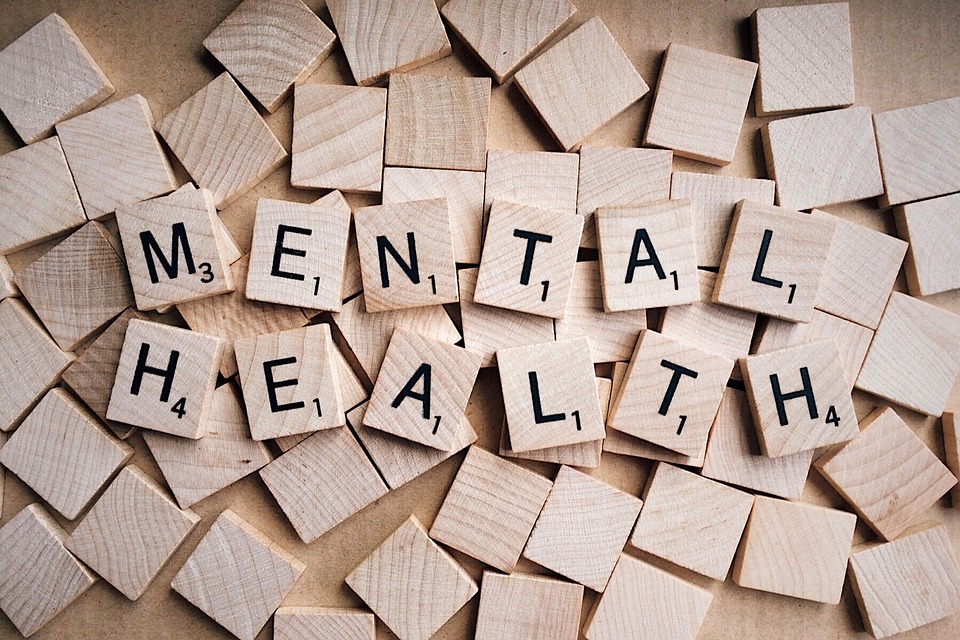
Embracing the Inevitable: Illness and Disability as a Universal Human Experience
Illness and disability are universal experiences, that affect the lives of people across all ages and socioeconomic statuses. Despite advances in medicine and healthcare, it is an undeniable fact that everyone, at some point in their lives, will face some form of illness or disability and will encounter grief. Understanding the most common ailments and their underlying causes can help demystify these experiences, fostering empathy and support within our communities.
DisabledEntrepreneur.uk and DisabilityUK.co.uk aim to support individuals from all walks of life, recognizing that everyone will be affected by health issues at some point. These platforms provide comprehensive resources and guidance for managing various disabilities and chronic conditions, emphasizing empowerment and inclusion. By offering practical advice, inspiring success stories, and valuable links to support services, we strive to create a community where individuals can find the information and encouragement needed to navigate their health challenges. Their mission is to ensure that everyone, regardless of their circumstances, has access to the tools and support necessary to lead fulfilling lives.
At some point in their lives, everyone will be touched by disabilityuk.co.uk and disabledentrepreneur.uk, whether directly or indirectly. These invaluable resources provide a wealth of information and support for individuals facing various disabilities and illnesses. From practical advice on managing specific conditions to inspiring stories of entrepreneurial success despite physical challenges, these websites offer comprehensive content to help navigate the complexities of living with a disability. Visitors can find useful links to support groups, legal advice, financial assistance, and adaptive technologies, making these platforms essential for anyone seeking guidance and community in the realm of disability and chronic illness.
Common Illnesses and Their Causes
- Respiratory Infections
- Common Cold and Influenza: These viral infections are ubiquitous, affecting millions annually. Their prevalence is due to their highly contagious nature, spreading through droplets when an infected person coughs or sneezes.
- Pneumonia: Often a complication of the flu, pneumonia can affect individuals of all ages but is particularly severe in the very young, elderly, and those with compromised immune systems.
- Chronic Diseases
- Cardiovascular Diseases: Heart disease and stroke are leading causes of death globally. Risk factors include poor diet, lack of exercise, smoking, and genetic predisposition.
- Diabetes: Type 2 diabetes, in particular, is on the rise, largely attributed to lifestyle factors such as obesity and sedentary behavior. Statistics for Type 2 Diabetes in the UK, Approximately 4.7 million people in the UK have diabetes, with around 90% of these cases being Type 2 diabetes. This translates to about 6.8% of the UK’s population. Europe: it is estimated that around 60 million people have diabetes, with Type 2 diabetes making up the majority of cases, on average, about 8.5% of the adult population in Europe. United States: In the USA, approximately 37.3 million people have diabetes, with 90-95% of these cases being Type 2 diabetes.
- Mental Health Disorders
- Depression and Anxiety: Mental health issues are incredibly common, with one in four people expected to experience some form of mental illness in their lifetime. Stress, trauma, genetic factors, and biochemical imbalances are significant contributors.
- Stress: Stress, in itself, is not typically classified as a disability. However, chronic stress can lead to or exacerbate conditions that may be considered disabilities, such as anxiety disorders, depression, and other mental health conditions. When stress results in a significant impairment of an individual’s ability to perform daily activities or work, and is documented and diagnosed by a healthcare professional, it may then be recognized as a contributing factor to a disability.
- Grief: Grief, while a profound emotional response to loss, is not typically classified as a disability. It is a natural process that individuals experience after the loss of a loved one, involving a range of emotions such as sadness, anger, and guilt. However, if grief becomes prolonged and severe, leading to significant impairment in daily functioning, it may develop into a condition known as complicated grief or persistent complex bereavement disorder. In such cases, this condition might be recognized as a mental health disorder and could potentially be considered a disability under certain legal definitions, depending on the jurisdiction and the impact on the individual’s ability to work or perform daily activities.
- Obsessive-compulsive disorder (OCD): OCD is a mental health condition characterized by persistent, unwanted thoughts (obsessions) and repetitive behaviors (compulsions) that individuals feel driven to perform to alleviate stress and anxiety. In the United Kingdom, it is estimated that around 1.2% of the population suffers from Obsessive-Compulsive Disorder (OCD), which equates to approximately 750,000 people. In the United States, the prevalence of OCD is similar, affecting about 1.2% of the adult population, which translates to roughly 2.3 million people. These statistics highlight the widespread nature of OCD and underscore the importance of accessible mental health resources and support for those affected.
- Musculoskeletal Disorders
- Arthritis: This condition, causing pain and inflammation in the joints, is prevalent among older adults but can also affect younger individuals, particularly athletes or those with repetitive strain injuries.
- Back Pain: A leading cause of disability, back pain affects people of all ages and is often due to poor posture, lack of exercise, or occupational hazards.
- Cancer
- Various Types: Cancer does not discriminate, affecting people regardless of age, gender, or status. Risk factors vary widely, including genetic predisposition, environmental exposures, lifestyle choices, and sometimes unknown causes.
- Neurological Disorders
- Alzheimer’s Disease: Primarily affecting older adults, Alzheimer’s and other dementias are increasing as life expectancy rises.
- Epilepsy: A neurological condition causing recurrent seizures, epilepsy can develop at any age.
- Multiple sclerosis: is a chronic neurological condition in which the immune system mistakenly attacks the protective covering of nerve fibers, leading to communication problems between the brain and the rest of the body.
- Autoimmune diseases: occur when the immune system mistakenly targets and attacks the body’s tissues, causing inflammation and damage to various organs and systems.
The Non-Discriminatory Nature of Illness and Disability
Illness and disability do not discriminate. They affect the young and old, rich and poor, and individuals from all walks of life. This universality underscores the importance of healthcare access and the need for societal support systems.
- Children and Adolescents: Conditions like asthma, ADHD, and congenital disabilities are common among the young, affecting their development and daily lives.
- Adults: Working-age adults often contend with stress-related illnesses, chronic pain, and lifestyle diseases, balancing their health with professional and personal responsibilities.
- Elderly: Aging brings its own set of challenges, including increased susceptibility to chronic diseases, cognitive decline, and physical disabilities.
Embracing a Supportive Community
Recognizing that illness and disability are shared human experiences can promote compassion and solidarity. It is essential to create inclusive environments that accommodate individuals with varying health needs. This involves:
- Accessible Healthcare: Ensuring that everyone has access to affordable and quality healthcare services.
- Education and Awareness: Raising awareness about common illnesses and disabilities to reduce stigma and encourage early intervention.
- Support Networks: Building strong support networks, including family, friends, and community resources, to provide emotional and practical assistance.
Conclusion
Illness and disability are inescapable aspects of the human condition. By acknowledging their prevalence and understanding their causes, we can better prepare to support one another through these inevitable challenges. Fostering a culture of empathy and support ensures that when illness or disability touches our lives, we are not alone, but rather surrounded by a caring community ready to help.




















